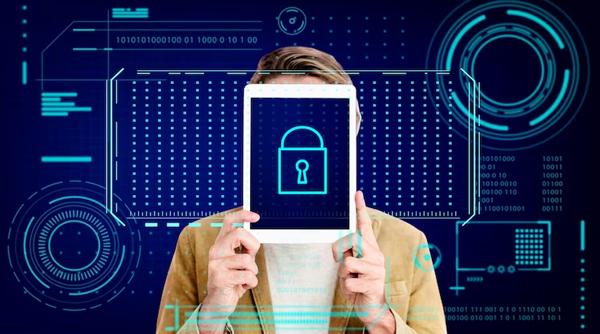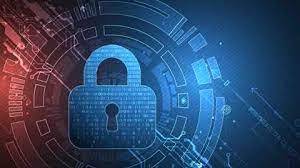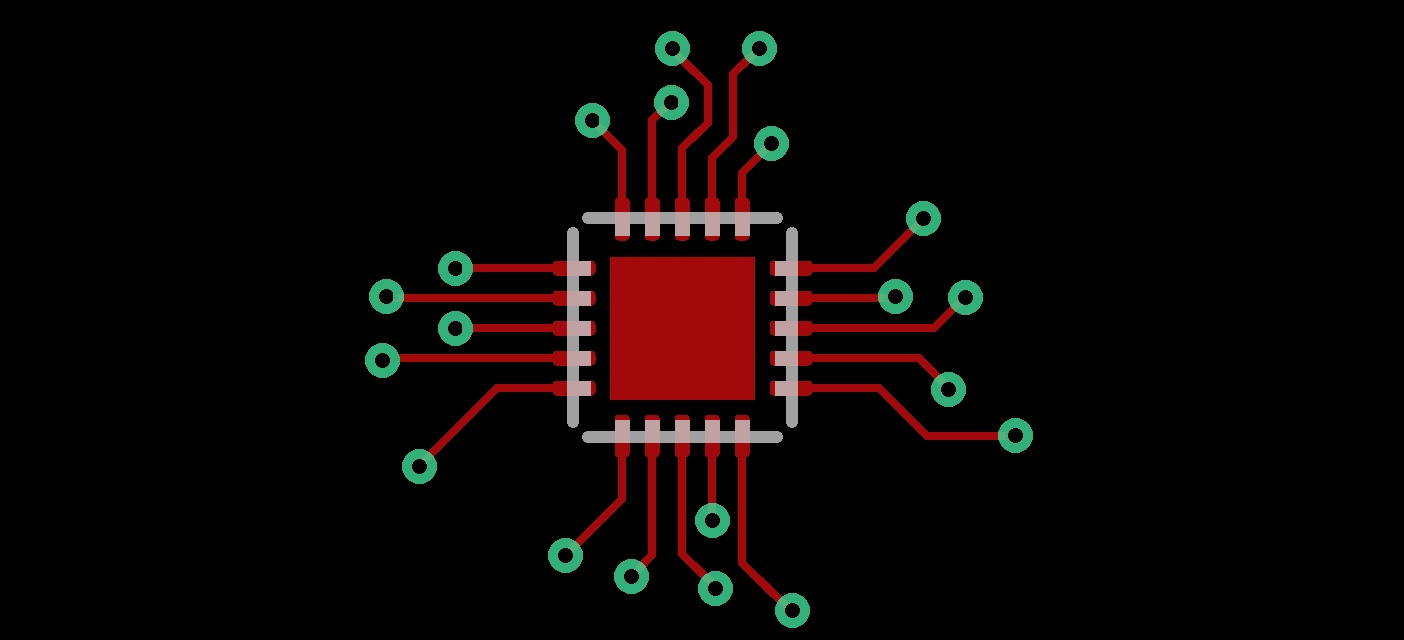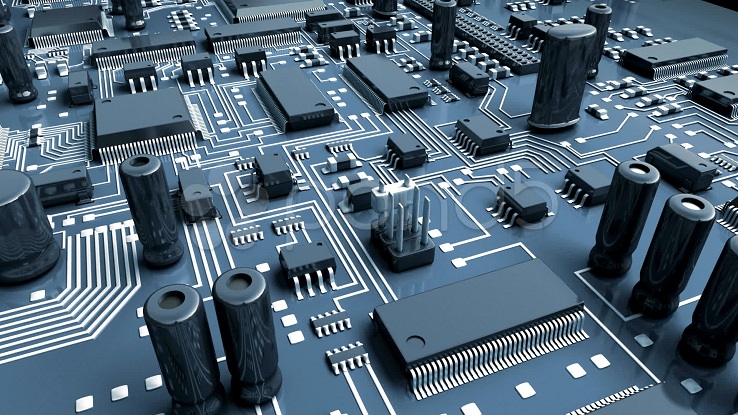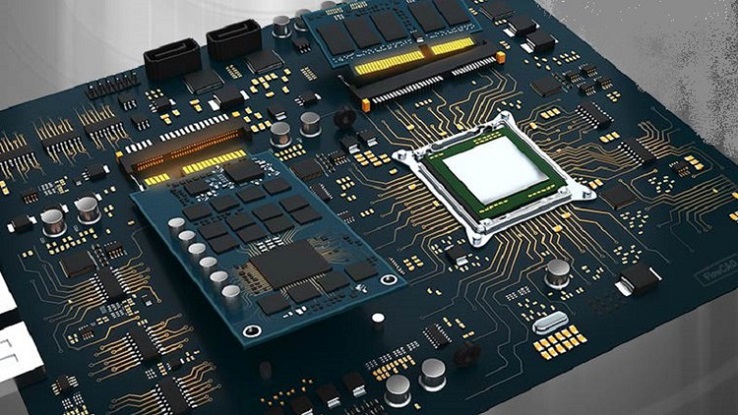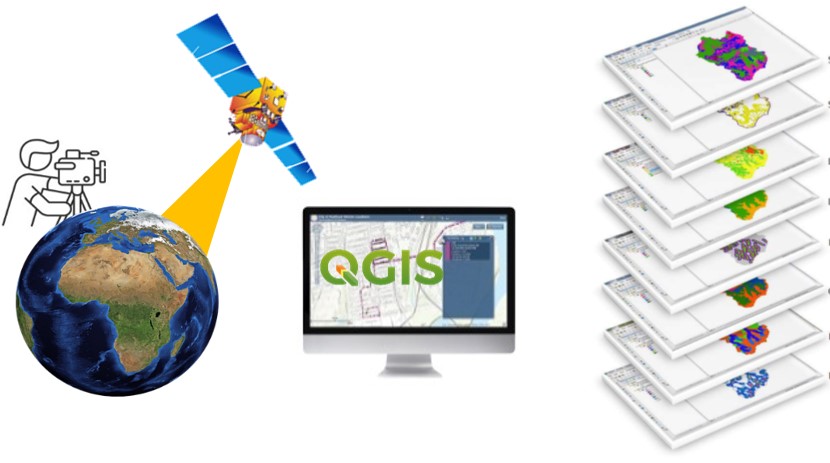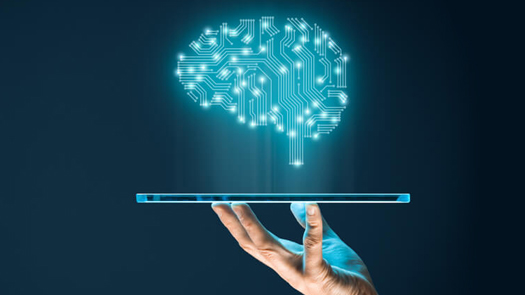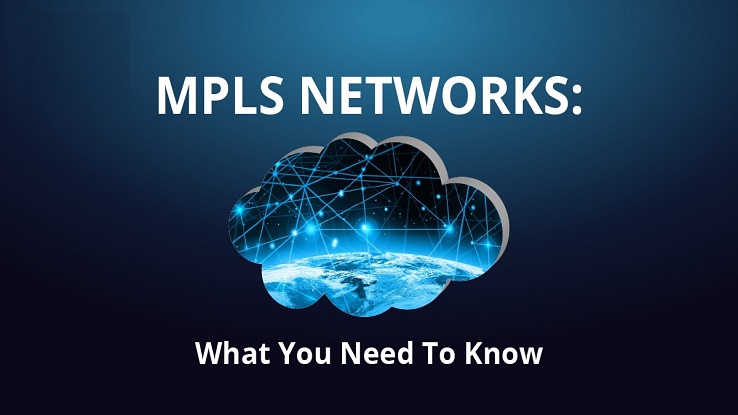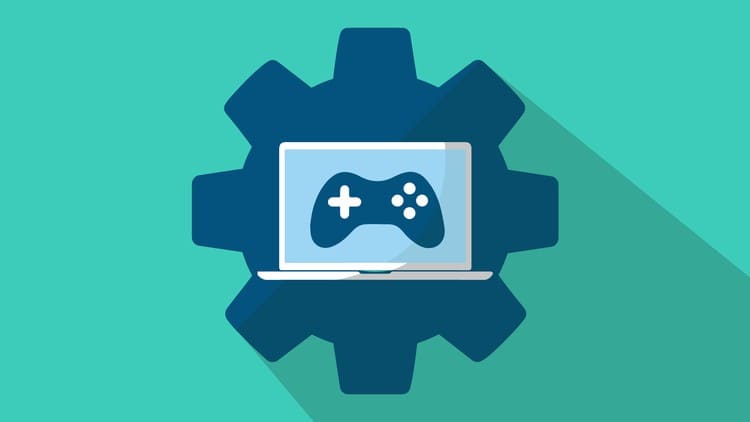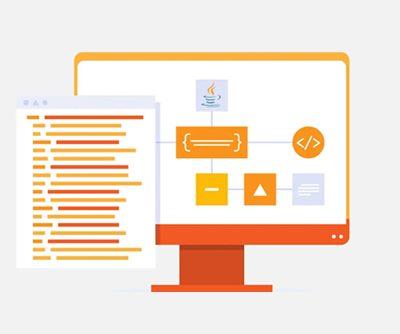The internet is a global network of interconnected computer networks that communicate with each other using standardized communication protocols. It is a vast network of computers and servers that share information and resources across the globe.
The internet enables individuals, organizations, and governments to communicate, share information, conduct transactions, and collaborate with each other. It provides a platform for accessing a wide range of digital content, including text, images, audio, and video, and allows users to interact with each other in real time through various online platforms and services.
The internet is based on a decentralized architecture, meaning that there is no central controlling authority or entity. Instead, it is governed by a set of protocols and standards that ensure the interoperability of the various networks that make up the internet.
The World Wide Web (WWW) is a major component of the internet that allows users to access and share digital content through a graphical user interface. It is a vast collection of interconnected documents and resources, accessed through web browsers, and linked together through hyperlinks.
The internet has had a profound impact on virtually every aspect of modern society, including communication, education, business, entertainment, and government. It has transformed the way we live, work, and interact with each other, and has created new opportunities for innovation, creativity, and collaboration.
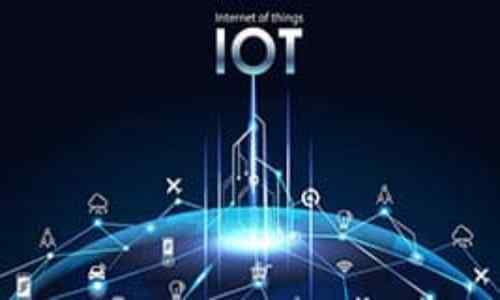
Internet of Things – Application Point of View
Last Updated: 2022-05-03
Here We Discuss the Different Application of IoT.
What is a network in the internet?
a network refers to a group of interconnected devices that can communicate and share resources with each other. These devices can include computers, servers, routers, switches, and other networking equipment.
Networks can be classified into two main types: local area networks (LANs) and wide area networks (WANs).
- A LAN is a network that covers a relatively small geographic area, such as a building or a campus. LANs are typically owned and managed by a single organization, such as a business or a university, and are used to connect devices within that organization.
- A WAN, on the other hand, is a network that covers a large geographic area, such as a country or the entire world. WANs are typically composed of multiple LANs that are connected together using routers and other networking equipment.
The internet itself can be thought of as a massive WAN that connects billions of devices around the world. The internet is composed of a vast number of interconnected networks that use standardized communication protocols to exchange data and share resources with each other.
Networks play a critical role in the functioning of the internet, as they provide the infrastructure for communication and resource sharing between devices. They allow users to access and share information, communicate with each other in real time, and collaborate on projects and tasks, regardless of their physical location.
Internet Security:
Internet security is an essential aspect of modern computing, as the internet is increasingly being used for a wide range of activities, such as online banking, shopping, communication, and entertainment. The rise of the internet has also led to the emergence of new types of cyber threats and attacks, such as malware, phishing, hacking, and identity theft.
To ensure internet security, various security measures can be employed, such as:
- Encryption: Encryption is a technique used to convert sensitive data into an unreadable format that can only be decrypted with the correct key. This helps to protect data from unauthorized access or interception during transmission.
- Firewalls: Firewalls are software or hardware-based security systems that monitor and control network traffic to prevent unauthorized access and protect against cyber threats.
- Antivirus software: Antivirus software is designed to detect and remove malware, viruses, and other malicious software that can compromise the security of a computer or network.
- Two-factor authentication: Two-factor authentication is a security measure that requires users to provide two forms of identification, such as a password and a fingerprint or a text message code, to access a system or service.
- Regular software updates: Regularly updating software and operating systems helps to patch security vulnerabilities and protect against known threats.


